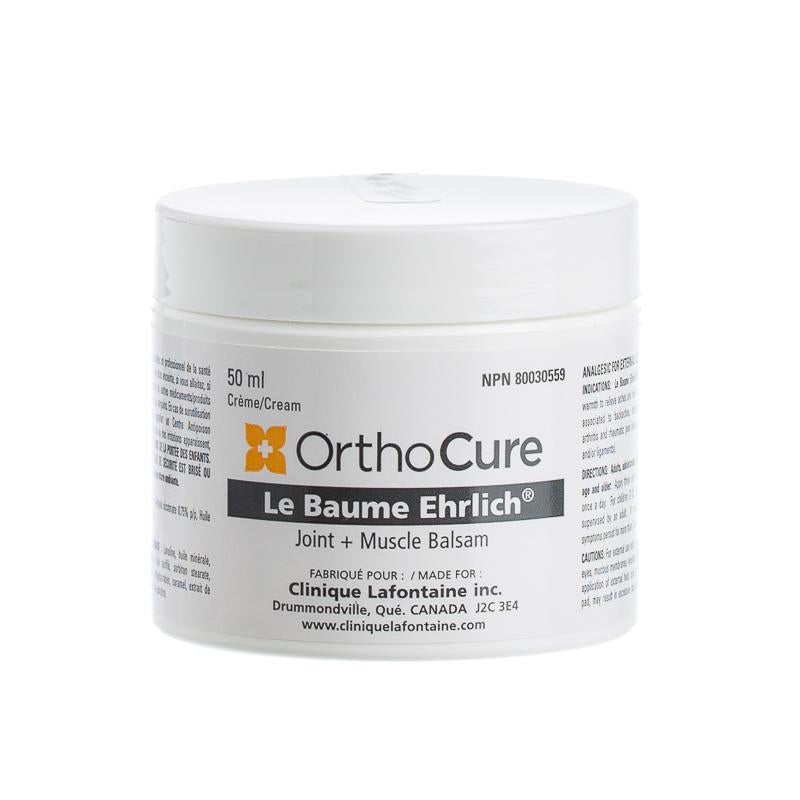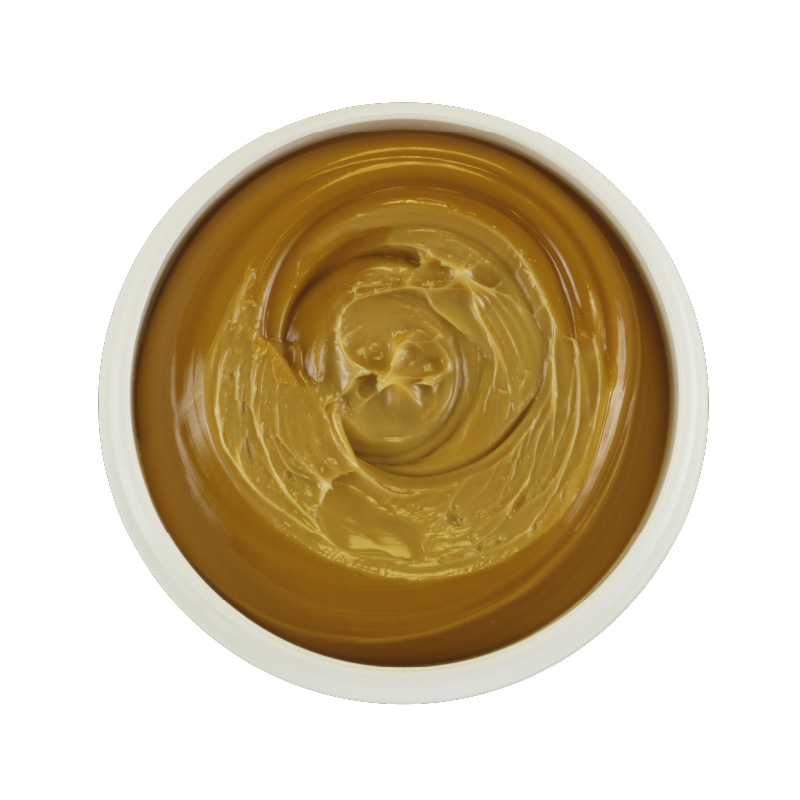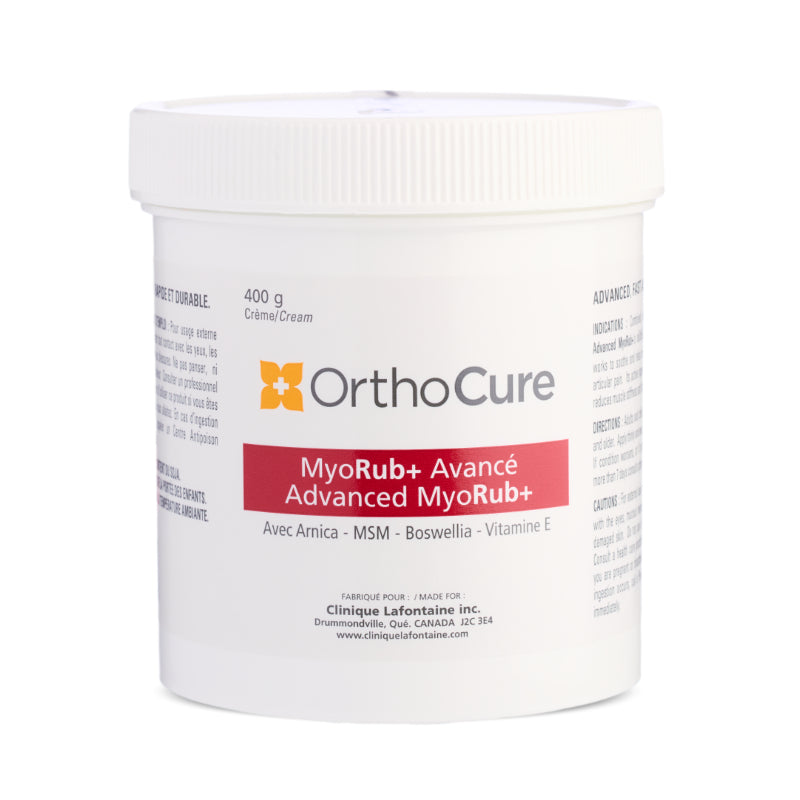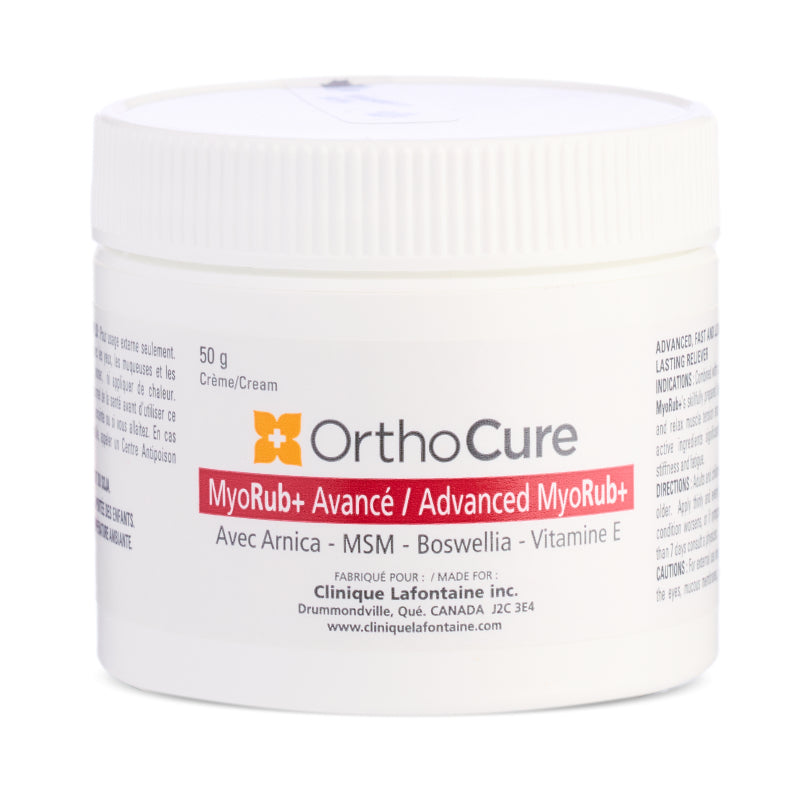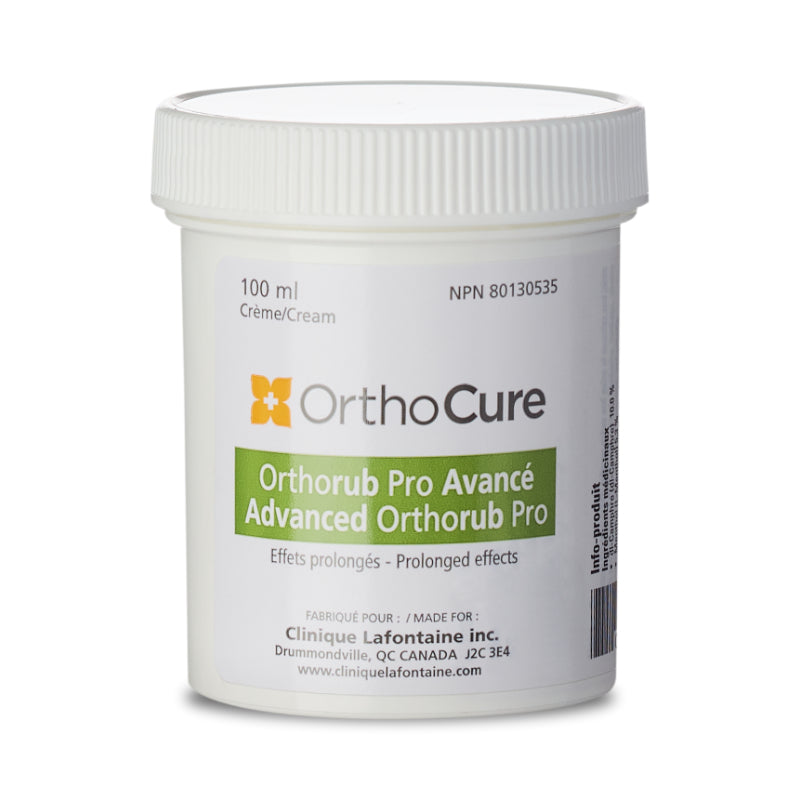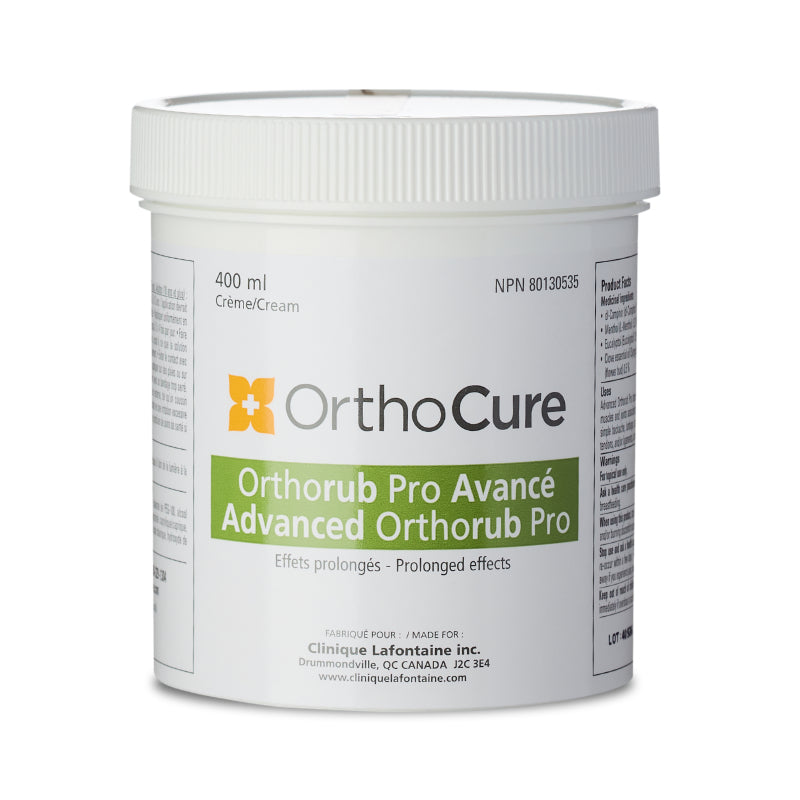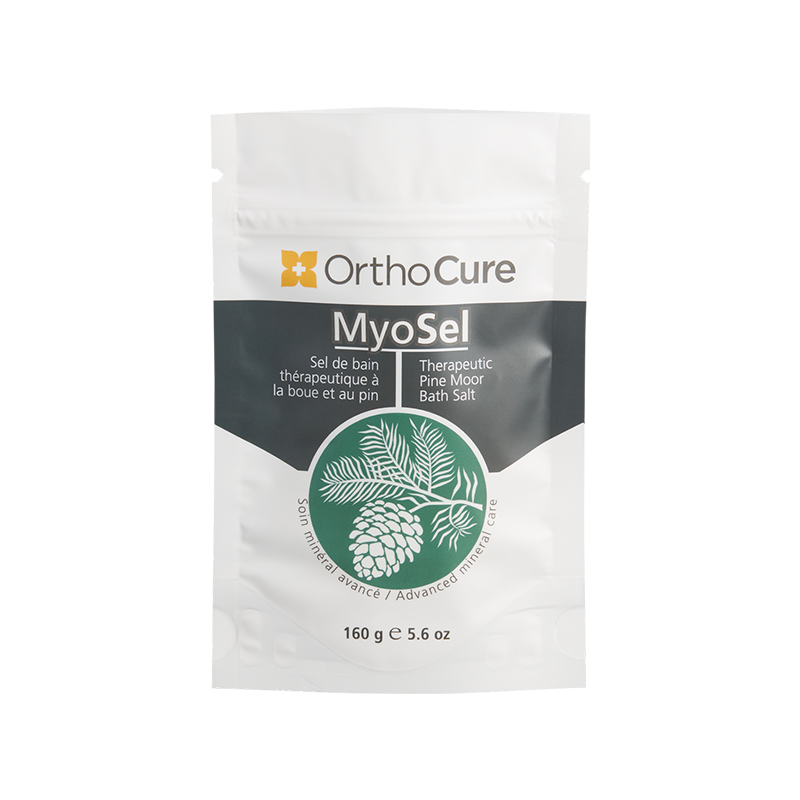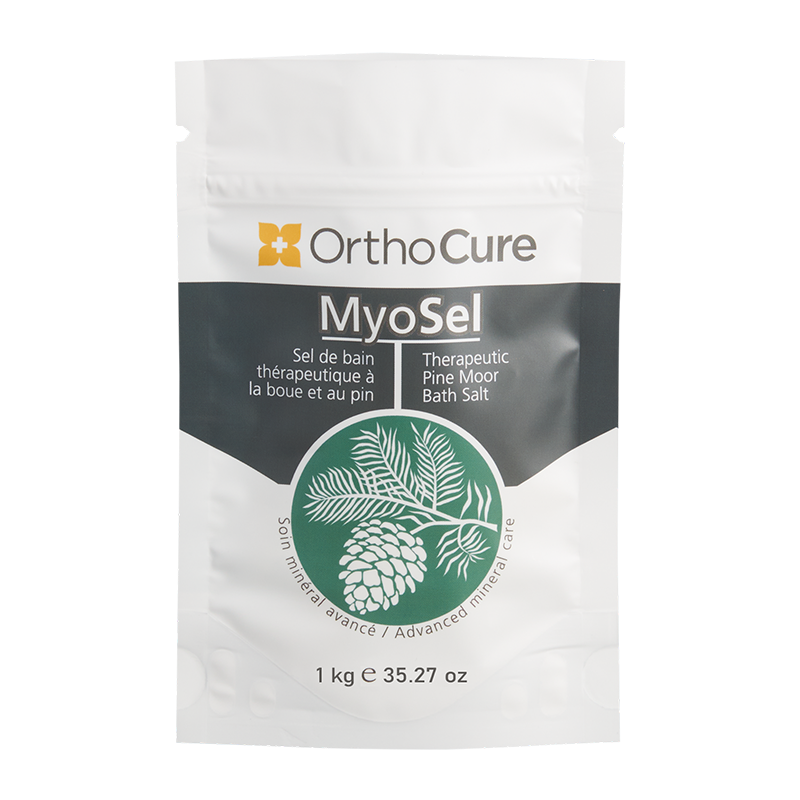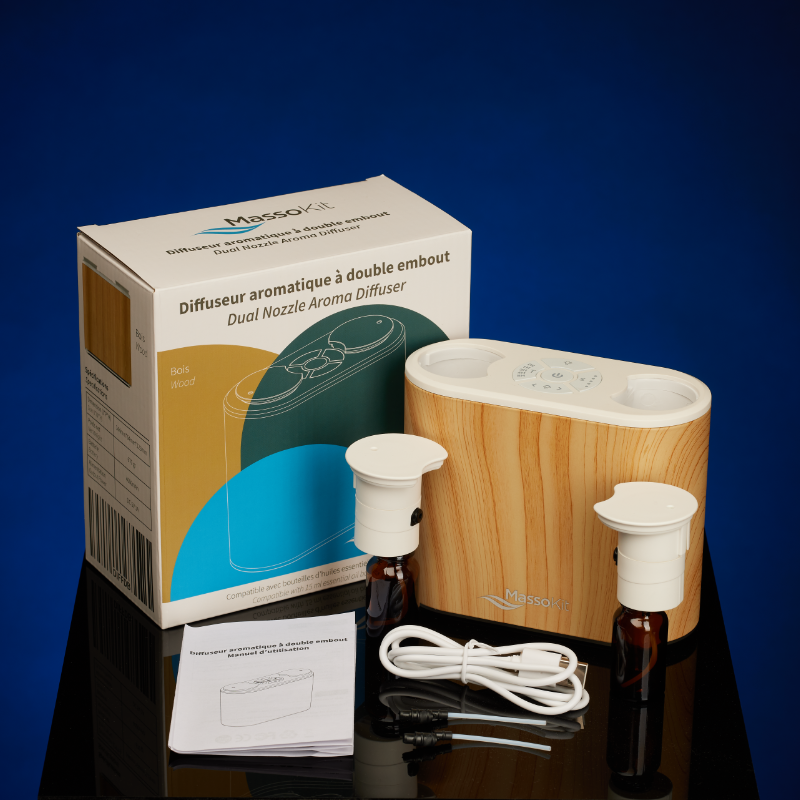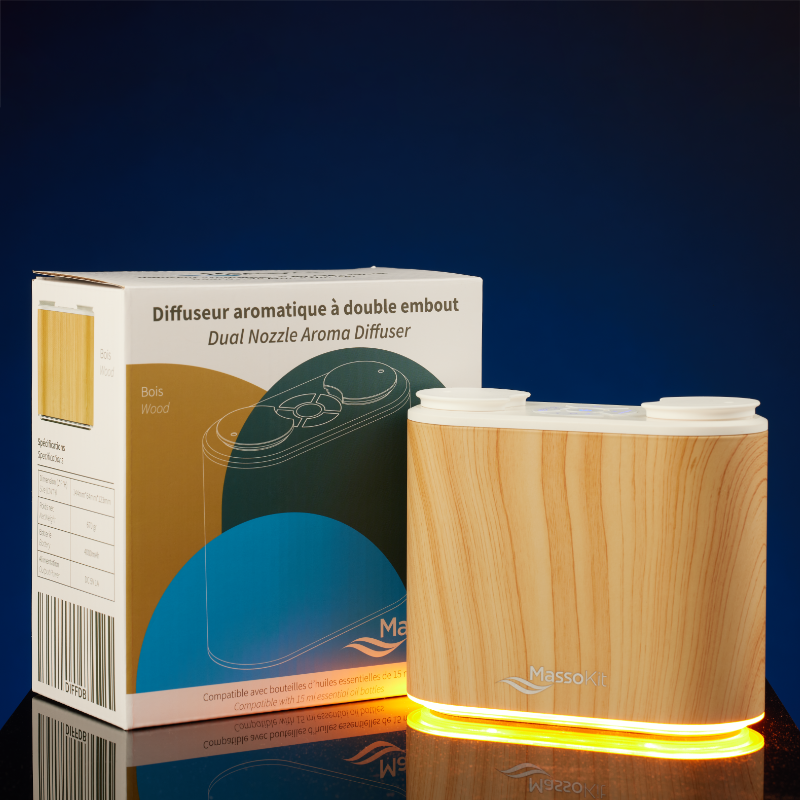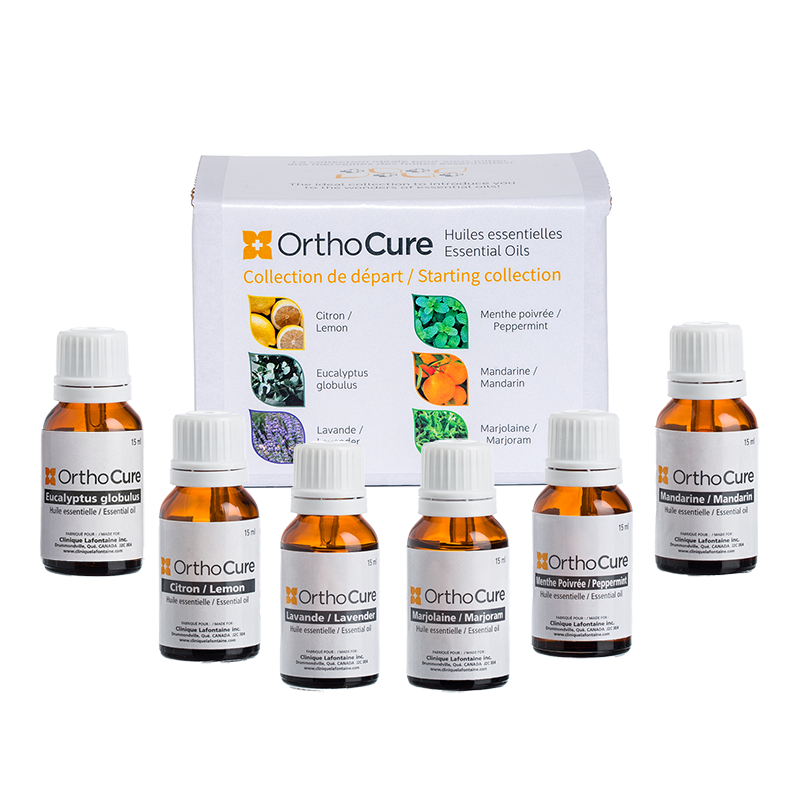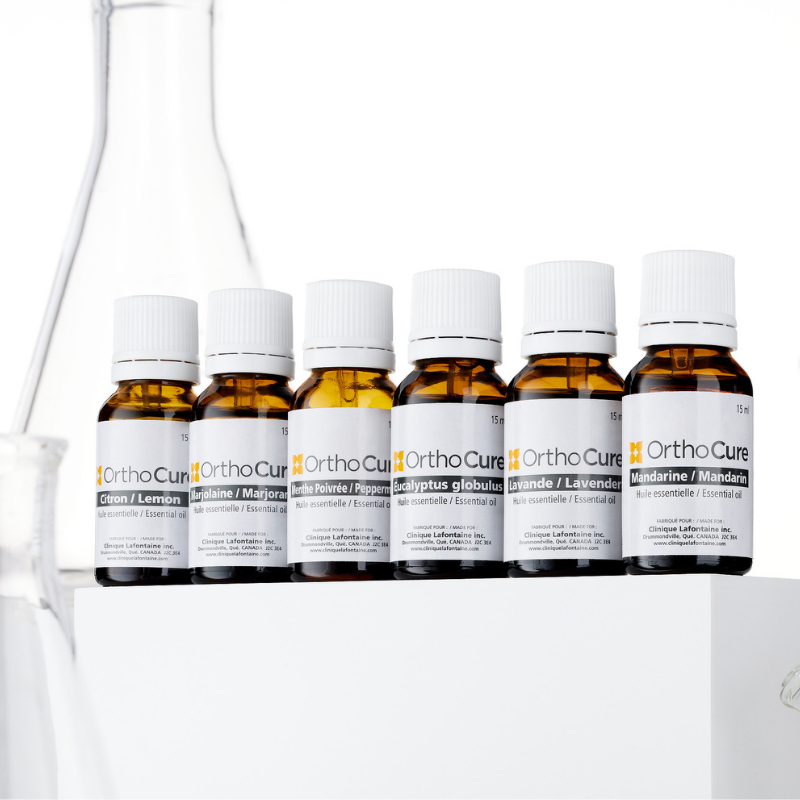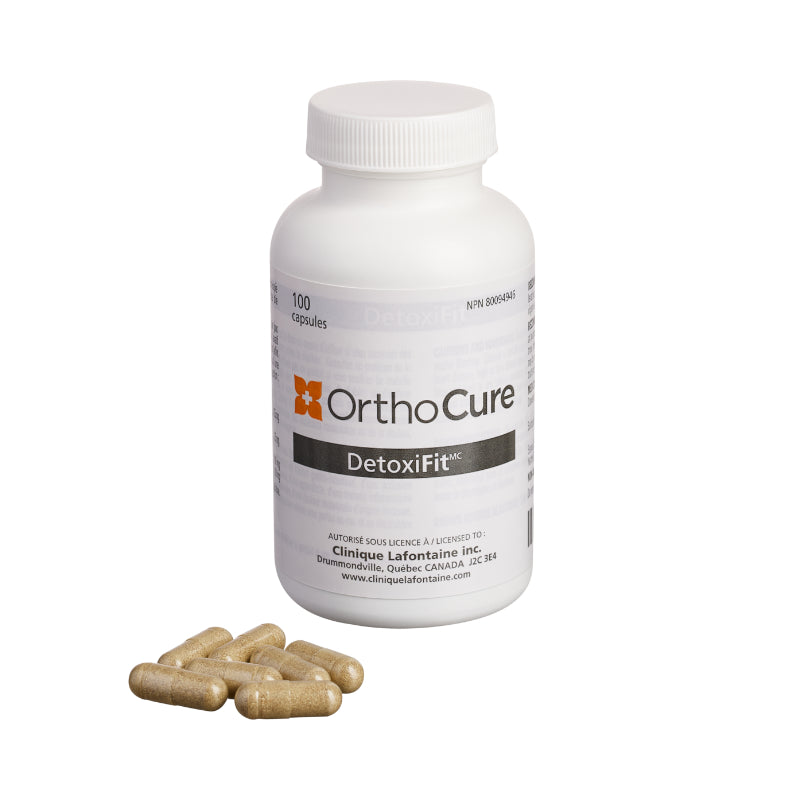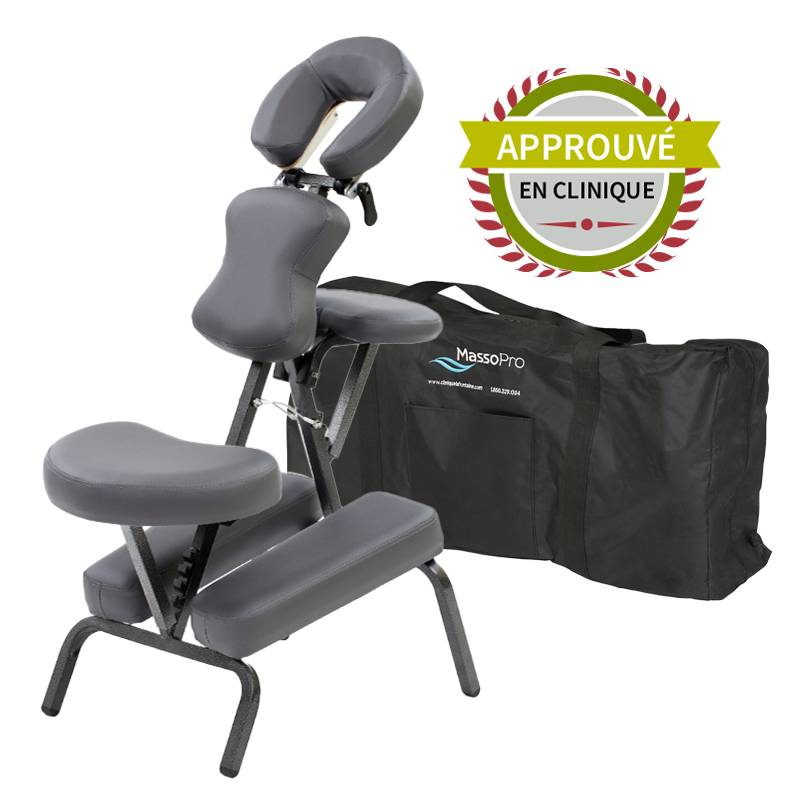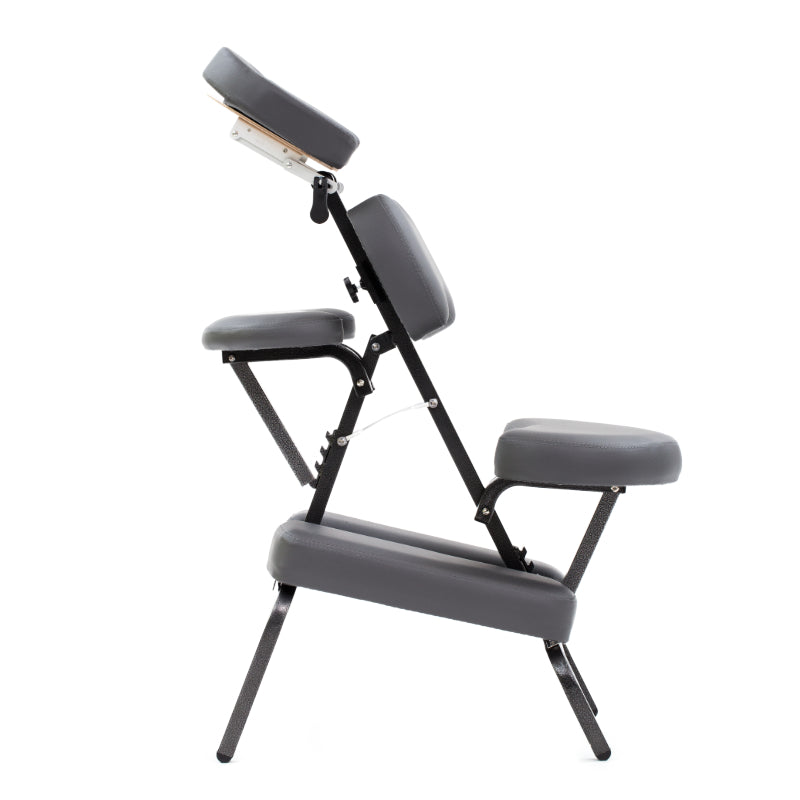Blog
Afraid to put on your bikini this summer? Lose weight by reducing your stress level!
The coming of March rings a big bell for women. We start thinking about the summer vacation, the cottage we're going to rent, the quality time we're going to spend with the kids and boom! We suddenly think about what we're going to look like on the beach in our beautiful bikini. We have to lose weight. The panic button is activated This is how our alert process is triggered. So we start counting the number of weeks we have left to get back into shape. Of course, we're hoping for a late summer so that gives us more time! But our reason is catching up with us: there are exactly 12 weeks left until June. This is where the calculations begin. 15 pounds divided by 12 weeks = 1.25 pounds to lose per week. I really wish that was in your head right now because I'm sure that you have already done this calculation too, or that you are doing it right now! Stress = fat Attention! With such an attitude, you could indeed gain a few extra pounds. Studies show that cortisol, the stress hormone, makes you gain weight. The fact is that we are programmed to react to stressful situations. In the past, this meant the constant threat of coming face to face with a predator. This was followed by a rise in cortisol and adrenaline levels. This rapid surplus of energy therefore enabled us to run as quickly as possible so as not to be devoured whole. Today, stress is experienced on a daily basis. The threat is therefore not felt occasionally as in the case of the escape of a predator, but constantly. This leads to an increase in cortisol which, in turn, raises blood sugar levels. And what happens next Insulin levels rise and sugar is stored as fat.. Accept yourself as you are That's why stressing about getting into your bikini won't solve your problem. Instead, take the opposite approach. Instead of stressing, accept yourself as you are. Adopt a meditation program, make sure you get restful sleep, and foster a caring attitude toward yourself. Do yourself good Those who work in the field of health, beauty and well-being know how much good a good detoxifying treatment, a mud bath and the application of good creams do to the body. Add essential oils on top of it all and your mind will be invigorated! To act It may sound cliché, but true beauty comes from within. There is nothing more beautiful than a woman who feels good about herself. So, if feeling good about yourself involves a fitness program. Do it! If it means losing a few pounds. So try to reduce your sugar consumption and increase your fiber intake! Drink a lot of water! The magic will happen by itself. No need to put pressure on yourself. Getting help from nature You can also let nature do some of the work for you. Phytotherapy helps the organs function better and makes it easier to eliminate accumulated toxins. At the topical level, caffeine has proven to be an essential active ingredient in slimming products. Among other benefits, it activates the destruction of fats and reduces water retention. Destroy fat with massage therapy In massage therapy, the techniques of kneading, palpation-rolling, friction and crushing will, initially, help to dissociate the fatty deposits. Secondly, a slower and gentler phase will have the effect of draining the waste generated by the destruction of fat through palpation-rolling and deep sliding pressure. Add a slimming serum and this treatment will make you feel light as air! Achieve your goals with happiness and joy As you can see, there are different gentle and natural methods to achieve your bikini goal. Please do them in an attitude of well-being and joy. Love yourself as you are first and set realistic and fun goals. And above all, don't forget that stress is your enemy!
Read moreBlog
Shin shin splints when running:5 tips to avoid it
Shin periostitis is a common problem for runners. Painful, it occurs especially when resuming sports training or when practicing a new activity. What is the periosteum?? The periosteum is a set of layers on the periphery of long bones and flat bones outside the articular surfaces and which ensure growth in thickness. Shin periostitis? Shin periostitis is therefore defined as an inflammation affecting the periosteum of the tibia. Very annoying for those who suffer from it, its recovery can take place over a period of two weeks to several years. That said, it is better to try to prevent shin splints than to try to cure it. So if you run or are considering running, read these 5 tips to avoid shin splints! 1. Correct your running technique: Lift your toes Adopt a stride with a forefoot support grip Avoid impact on the heels 2. Start your training slowly, take rest and skip days to recover: Start each new workout program slowly. Only increase the distance or duration of your running sessions by a maximum of 10% per week. Make sure you get plenty of rest and include recovery days in your training schedule. 3. Train in another sport and do stretching to vary your sessions: You can reduce the stress you put on your legs by diversifying your workout types. This will help strengthen other muscles that are used indirectly by running. Stretching and applying liquid magnesium such as ProMag+ on your muscles are also good ways to avoid injuries since they prepare the muscles for exercise. 4. Use massage therapy: Apply ice, massage your calves and feet. See a massage therapist: Massage has been proven to prevent swelling and reduce pain in athletes. 5. Wear running shoes with adequate support: Buy a running shoe that supports your shin and foot and make sure your heel can't move while running. Don't wait until your shoes are too worn to change them, as they will no longer protect you well. Good race!
Read moreUnderstanding and relieving arthritis
I HAVE JOINT PAIN! Do you suffer from arthritis? Or do you know someone who does? Let's bet you do. It's normal, as arthritis is a fairly common disease. A PREVALENCE OF OLDER WOMEN SUFFERING FROM ARTHRITIS Did you know that the 2014 Canadian Community Health Survey reports 4.8 million Canadians over 15 years old diagnosed with arthritis? And that in 2016, this number rose to 6.1 million? With the aging population, the number of people affected by arthritis is growing. The survey also reveals a predominance of women dealing with the issue. The older they get, the more they suffer from arthritis. Older women therefore constitute the group most affected by the disease. But good news if you are from Quebec! The proportion of people living in the beautiful province diagnosed with arthritis is below the national average, with a rate of 11% versus 16.5% for all Canadians. SOURCES OF DISCOMFORT But why is arthritis so painful? In fact, the pain caused by arthritis comes from cartilage deterioration. Consequently, when affected by arthritis, it no longer properly protects the bones as it no longer cushions shocks well. The pain is then felt in the knees, hips, or even the hands and feet. Furthermore, arthritis can also cause swelling, stiffness, or cracking in the joints. It makes life difficult for those who suffer from it. RISK FACTORS FOR ARTHRITIS Have you had joint injuries in the past? Or has one of your parents been affected? If so, unfortunately, you are more likely to suffer from arthritis. Even though the disease is not hereditary, genetics is a significant factor in the development of arthritis. A study conducted in France on patients with rheumatoid arthritis showed that risks increase in children of affected individuals; 2% for boys and 6% for girls. Are you overweight? Then you are more likely to suffer from the disease. But why? Simply because of the extra strain that excess weight puts on the joints. The same goes for a sedentary lifestyle, as overall muscle weakening leads to greater pressure on the joints. WAYS TO RELIEVE PAIN Arthritis is considered a chronic disease; it cannot be cured. Research is progressing in the field, but unfortunately, the disease has not yet been stopped! How to live with this pain? What solutions to turn to? Of course, depending on the type of arthritis, pharmacological approaches can be effective. But since it is a chronic disease, long-term medication use leads people to consider other solutions to relieve their pain. 1. Lose weight From a lifestyle perspective, why not consider losing weight? It's proven! People who are overweight need to reduce the pressure on their joints; a 5% weight loss over 5 months helps reduce knee pain. 2. Eat well Can eating well provide relief? Yes! The Arthritis Society advises reducing sugar, focusing on a diet rich in colorful plants, and favoring healthy fats like omega-3s. Nutrition PhD Isabelle Huot highlights research findings that prove the benefits of antioxidants in relieving arthritis. Did you know their function is to neutralize free radicals? That's how they protect joints and help reduce inflammation caused by arthritis. Give it a try! 3. Exercise Move! One myth about arthritis is that affected joints should be rested. Wrong! People greatly benefit from physical activity. Doctors, physiotherapists, or occupational therapists recommend adapted exercises that promote mobility, strengthening, and maintaining cardiovascular capacity. Stretching, weight-bearing activities like walking, dancing, or tennis, as well as cycling, are good examples. Because it is always important to keep in mind that the key is to keep the joints moving to slow cartilage deterioration. 4. Treat yourself with natural methods Another solution is to give yourself a break from the pain by treating yourself! Why not enjoy a massage therapy treatment, acupuncture, or practice meditation? You can also take natural supplements! More and more people with arthritis find relief this way. Studies also demonstrate their beneficial effects in alleviating symptoms in affected individuals. In this regard, glucosamine has proven effective. You probably know someone around you who praises its benefits? However, there are new products on the market gaining popularity among people with arthritis. They combine the action of glucosamine, chondroitin, and methylsulfonylmethane (MSM). The complementary properties of these products produce good results; they even act on preserving cartilage. If you think you suffer from arthritis or have been diagnosed, know that the Arthritis Society has been working since 1948 to improve the lives of affected people and manage their disease. Sources: Canadian Community Health Survey, 2007 to 2014 | Statistics CanadaCanadian Community Health Survey, 2016 | Statistics CanadaUnderstanding genetics and its importance in medicine | GenHotel CHU Estaing, Clermont-FerrandRheumatoid arthritis | The Arthritis SocietyDiet and arthritis: the facts! | Isabelle Huot
Read more13 telltale signs of a magnesium deficiency
We find in our clinics, every day, clients who have manifestations of musculoskeletal problems that we can easily relieve in the short term with our care, but which return in the long term since the source of the problem is internal. Magnesium deficiency is in fact often the cause. So here are the signs of this internal problem. Some symptoms of magnesium deficiency 1. Degeneration of cartilage as well as the appearance of diseases such as osteoarthritis and joint pain; 2. Muscle problems and pain, such as cramps, tightness, tingling, numbness and tremors; 3. Headaches and jaw pain due to tension; 4. Spasms of the eyelids, esophagus, stomach or intestines; 5. Photophobia, difficulty adapting to light, perceiving small lights while your eyes are closed; 6. Fatigue in the morning when waking up, exhaustion and weakness; 7. Chest tightness and difficulty breathing deeply; 8. Constipation; 9. Menstrual cramps; 10. Hypersensitivity to noise; 11. Desires to consume salt and chocolate; 12. Nervous system disturbances, for example: insomnia ; stress ; hyperactivity; anxiety ; panic attacks; phobias. 13. Osteoporosis; For all these cases, a simple magnesium supplement, such as OrthoMag+, is enough to safely fill these deficits which, when they appear, significantly reduce the quality of life of our customers. A magnesium supplement will thus succeed in bringing sustainability to your treatments! Good care! Sources:Health PassportImprove your health
Read morePut an end to motion sickness
Simple recipe to relieve motion sickness Put a few drops of authentic essential oils of peppermint and lemon on half a sugar, before, during and after the move….and that’s it!
Read moreWhat to do in case of a small injury or abrasion?
Do you have an injury? Here is a simple and natural treatment: Procedure: After cleaning the wound with water, then apply one or two drops of authentic Lavender essential oil to the skin (for its antiseptic and healing properties)....and that's it!
Read moreFever:how to fix it?
What is fever? Fever, this rise in temperature, is a sign that the body is defending itself. The liver raises this temperature to expel an unwanted microbe or to fight against a more aggressive virus. The average normal body temperature is 37 C (between 36.5 C and 37.5 C, depending on the individual). We are talking about mild fever up to 38C, moderate fever between 38 and 38.5C and high fever above.delà. Feverish state: when to worry ? Signs that the fever is poorly tolerated are a temperature that is too high (39C and above) or one that lasts too long and leaves you exhausted. You may also experience intense pain, spasms, severe headaches or even experience an episode of delirium where your words become confused. It is important to monitor fever, as the patient may lose strength.. Exhausted, the body can no longer defend itself effectively against the aggressor. We must therefore ensure that the fever remains well tolerated and, if not, try to bring it down.. Rest and medicinal plants: simple treatments for fever If you have a fever, the best remedy is to lie down, rest and drink plenty of fluids. But remember that treating a fever to suppress it is not recommended, because, by doing this, you also cut off the defensive reactions put in place by your body and your immune system. Only a fever that is too intense and poorly tolerated (for example which peaks at 40C or which stagnates at 39C) should be cut. In this case, febrifuge medicinal plants (which reduce fever) are recommended.s. Here are some febrifuge plants: Essential oil ofeucalyptus, also called fever tree (if accompanied by respiratory problems) of pepper mint (if accompanied by headache) oforange (if accompanied by depression or stress) Hydrotherapy Cold hydrotherapy (water treatment), well dosed, is the best way to bring down the fever, without cutting it. Contact of cold water with the body causes it to lose excess heat, which also slows down the intensity of metabolism. The most common applications are wrapping certain parts of the body using a damp cloth. For example, you can wrap your calves in cloths previously soaked in cold water, then lightly wrung out. Dip again and change places. Repeat 3 to 4 times, 3 times a day. Remember: being feverish makes you tired. So remember to take care of yourself by giving yourself some rest and hydrating yourself well (drink at least 1.5 liters of water per day). Finally, if you need a boost, don't hesitate to take meadowsweet capsules which are similar to natural aspirin or the appropriate essential oil depending on your state of health.
Read moreHow to relieve an ear infection?
L'otitis is an infection or inflammation of the ear. The so-called otitis media affects a small bony cavity in thel’middle ear, located exactly behind the eardrum. This cavity is connected by a tube, called the Eustachian tube, to another cavity, which is located at the back of the throat and nasal passages. It is often through this conduit that virus where the bacteria rise towards the middle ear. And it's usually following a cold or pharyngitis (sore throat). L'otitis media can affect the entire population, but especially affects children. It usually results in ear pain and fever. Causes of acute otitis media Most often, ear infections are the consequence of a viral infection, first manifesting as a cold or pharyngitis. Then, as a result of the runny nose, viruses can reach the middle ear. Of course, otitis media can give rise to complications (see below), but not all otitis media lead to these diseases. It is therefore unnecessary and sometimes harmful to systematically resort to antibiotics. In 60% to 70% of cases, a bacterial infection is then associated with the viral infection (we speak of bacterial superinfection). Causes of persistent and recurrent ear infections Persistence of infected fluid in the ear after an acute otitis. A perforated eardrum that has not closed contributes to persistent middle ear infection. Allergic rhinitis (Or hay fever) or untreated allergies. The inflammation of adenoid glands (when infected, they can block the Eustachian tubes). Possible complications L'acute otitis rarely causes serious complications. However, its most frequent complications are serous ear infections and the recurrent ear infections. Serous or recurrent otitis media can lead to hearing loss. This can, in certain cases, hinder and delay the child's language learning, hence the importance of identifying and treating them. From rare complications, but still possible otitis media, we note labyrinthitis, mastoiditis, meningitis, facial paralysis and cholesteatoma. Labyrinthitis and mastoiditis are forms ofinternal otitis. Furthermore, during a middle ear infection, the internal fluid puts pressure on the eardrum, which can become very painful. It may follow a perforated eardrum. Pus or blood will then flow from the affected ear. It may seem worrying, but the rupture of the tympanic membrane relieves the pain and most of the time heals on its own within a few days. If the tympanic membrane perforates frequently, surgery may be necessary. Recommendation Magnesium and vitamin C supplement (OrthoMag+ with good vitamin C): for work on immune defense. Strengthens the system by stimulating phagocytosis. Allows you to better fight infectious diseases. Participates in the formation of antibodies. Formula 66: Liquid to introduce into the ears for its bactericidal, antiseptic and healing action. In the hour following the application of Formula 66, the pain goes down considerably and most often completely. Food. During otitis, completely avoid: dairy products, oats, reduce meats (especially red ones), sugars, refined flour products (white bread, flour, pasta). Food. Favor: Sunflower, flax and pumpkin seeds, nutritional yeast, grain-fed chicken, lean fish, eggs, fresh juice, cold-pressed oils, cereals, rice, barley, tapioca, vegetables Rest Make sure you have good intestinal regularity. To drink a lot of water. Furthermore, if the ear infection persists after a few days, and especially if the general condition worsens and the temperature rises too high, do not hesitate to consult a doctor.
Read moreRelieve sore throat naturally
THE sore throat is a symptom rather than a disease in itself. Sore throat is one of the most common reasons for medical consultations. In 80% to 90% of cases, a sore throat is caused by a virus. More rarely, in 10% to 15% of cases, it is the result of a bacterial infection. Most sore throats, although uncomfortable, improve on their own within 5 to 7 days. If the problem persists, consult a health professional. Advice: Any sweet candy with honey can help salivation. There is no need to use medicated candies. You can also gargle with warm salt water (but not with aspirin, which can increase throat irritation). Increase humidity in the house. A little lemon juice potion is always a good idea. Sleep with a woolen stocking or other woolen material wrapped around your heart. In either case, it will be beneficial to drink plenty of water. Water actually helps to make secretions more liquid and facilitates their elimination; it also moistens the throat. Also drink hot liquids (broth, honey, lemon) and take mint lozenges to reduce local irritation. Keep warm. NO SMOKING. Medication at this stage is not recommended. Recommendations: Take a supplement containing magnesium, such asOrthoMag+. Vitamin C is highly recommended. Gargle this with essential oils. Here is a recipe that has proven itself: 12 ml of vegetable oil 1 ml of Lemon 1 ml ofEucalyptus and 1 ml of Red Thyme And voila!
Read moreRelieve your cough!
Faced with wet or dry coughs, it is possible to resort to self-medication. You cough don't smoke!! Two days after catching the virus, the first symptoms of a cold appear in the infected person: sore throat, hoarseness, sneezing, runny nose. Shortly after, headaches, watery eyes, blocked noses and more or less wet coughs typically occur. Obviously, if you cough, it is important to stop smoking. So put your pack of cigarettes aside and stay away from all smokers for a while.. Cough suppressants for dry coughs Dry cough is an irritation of the throat. Inflammatory, acute and without secretions, it is often painful. Worse at night, it can be relieved by cough suppressant products. Essential oils and cough suppressants act directly on the cough. Here are 2 essential oils with a cough suppressant function: Eucalyptus And Cypress. Thinners against wet coughs As an essential defense mechanism, it is important to respect the wet cough and not necessarily try to stop it. It is therefore not recommended to take antitussive medications (= cough medications), as these block the cough reflex, they can cause an accumulation of mucus in the bronchi and lungs, which risks further clogging the respiratory tract. . Generally speaking, the treatment of wet cough varies depending on the cause and the origin of the disease is treated. The treatments simply consist of promotingexpectoration of pulmonary mucus. Treatment of wet cough consists of: Stay well hydrated, drink at least 1.5 L of water per day so that the sputum is sufficiently fluid to be properly evacuated. Ventilate all rooms. Use an air humidifier. Diffuse eucalyptus essential oil. Above all, do not smoke or be in the presence of smokers or any other irritating factor in the ambient air. Unclog the nose with salt water several times a day. Aromatherapy The essential oils (EO) used to combat wet coughs are Eucalyptus or Cypress essential oil at a rate of 3 drops in a spoonful of honey, 3 times a day. Also strengthen your immune system by consuming a supplement rich in magnesium, zinc, iron and copper such as Nergyform. Wet cough: when to consult ? If wet cough is generally benign, it can also reveal more serious pathologies (chronic bronchitis, significant bacterial infection, pneumonia, pulmonary edema, tuberculosis, asthma). In the event of prolonged wet cough, purulent appearance of secretions or cough accompanied by blood, vomiting, or fever or significant fatigue, it is important to consult a doctor as quickly as possible.. How to prevent wet cough ? We cannot prevent the cough itself, only prevent the illnesses associated with the symptom, such as respiratory infections. It is appropriate, for example: ofavoid the use of air conditioners, which dry out the air and respiratory tract, to regularly ventilate your house, wash your hands regularly, use paper tissues to blow your nose and/or spit and throw them away immediately. And not : overheat your interior cough without putting your hand over your mouth, shake hands if you are sick or with someone who is sick.
Read moreWhat to do during sinusitis?
Sinusitis refers toinflammation mucous membranes that cover the inside of the sinuses. Each sinus communicates with the nasal passages through small openings, through which the mucus produced in the sinuses normally flows. Inflammation of the lining of the sinuses, also called rhinosinusitis, is usually caused by a viral or bacterial infection. When a virus or bacteria spreads to the sinuses, the lining becomes irritated and swells, which can then cause blockage of the sinuses. The mucus is then no longer drained normally towards the nose and, in this closed environment, microbes multiply freely. The pain and feeling of pressure in the face, well known to people with sinusitis, therefore come from the accumulation of mucus inside the sinus(es). Types of sinusitis Acute sinusitis It does not last more than 4 weeks and does not reappear more than 3 times a year. In most cases, it follows a viral infection upper respiratory tract, most often a cold. In Canada, 0.5% to 2% of people with a cold subsequently contract sinusitis. Other possible causes or factors: a bacterial or fungal infection (by fungi); allergies; a dental abscess that spreads to the sinuses; the atmospheric pollution; of the nasal polyps; a deviation of the nasal wall. Chronic sinusitis Sinusitis becomes chronic when it persists beyond 12 weeks (we speak of subacute sinusitis between 4 and 12 weeks). If acute sinusitis does not respond to usual treatments or if it is not treated, it risks developing into chronic sinusitis. In general, chronicity sets in after several attacks of acute sinusitis (recurrent sinusitis), but it sometimes happens that acute sinusitis immediately evolves into chronicity. Most often, chronic sinusitis is caused by allergies. These may include allergies to pets, dust mites, pollen, fungi, for example, or other substances that cause inflammation of the walls of the nose and sinuses. Thus, 50% to 80% of people with chronic sinusitis are allergic or have allergic rhinitis. Other factors may also be involved: active or passive smoking; a weak immune system; cystic fibrosis; an anatomical anomaly: an abnormal shape of the small canals allowing the sinuses to communicate with the nasal cavities or a deviation of the nasal septum; nasal polyps; swimming (irritation from chlorine); facial trauma causing obstruction of one or more sinuses. Advice This is to encourage the flow of mucus so that it can carry out its work of destroying and cleaning micro-organisms. Several actions can help: A humidifier at work and at home to maintain humidity between 30 and 50%; Too dry air dries out the mucus and thickens it. Radically cut out dairy products. Consume foods that contain vitamin A. Cigarette smoke, alcohol, medicated drops and aerosols reduce the mobility of the cilia lining the mucous membranes; these cilia have an important role to play in the evacuation of pollutants and microbles. Avoid contact with allergenic substances. Recommendations Supplement rich in magnesium such asOrthoMag+. Supplement with vitamin C andEucalyptus essential oil. Rest and drink plenty of water.
Read moreThe liver, a multifunctional organ
Ovoid in shape, it is located under the diaphragm. The liver as well as the gallbladder provide a certain number of essential functions of the body. Due to the importance of this organ, diseases that affect it are often worrying. One of the main functions of the liver and gallbladder relates to digestion and the production of digestive enzymes which are discharged into the small intestine. However, the liver performs several important functions such as: control food metabolism; work with the body's immune system to fight harmful cells and substances that threaten the body (through a phenomenon called phagocytosis);); help the body digest fats by secreting bile which flows into the duodenum; help synthesize urea in order to excrete nitrogenous waste; produce fibrinogen used in the blood clotting process; store glycogen; intervene in the metabolism and storage of vitamins and produce, among other things, protective and anti-toxic substances. It is he who will in fact capture, transform and render harmless the toxic substances to which we may be exposed by eating, drinking or breathing. The bile-producing vesicle The gallbladder serves to concentrate and store bile, which is produced in a diluted form by the liver, and to secrete this bile into the cystic ducts to discharge it into the duodenum, where its function will be to aid digestion. Bile is composed of cholesterol, bile salts and bile pigments. Crystallization of bile salts in the gallbladder can lead to the development of gallstones, which often requires surgical intervention. Multiple conditions There are many conditions that can harm the proper functioning of the liver. They can be due to exposure to toxic substances (such as alcohol), viruses (such as Hepatitis C and Hepatitis B viruses), genetic abnormalities, metabolic disorders, cancerous diseases.… These liver diseases can manifest themselves with different symptoms. For example : Fatigability; Kidney problems; Sexual disorders; Jaundice, increased abdominal volume, edema, etc. Reference: Dr Vital To prevent these risks or to relieve them, medicinal plants are an excellent solution. Every adult would in fact advantage of doing the DetoxiFit program annually to maintain good health.
Read morethe impact of music on pain
Music, a gentle solution A study showed that patients suffering from chronic pain saw their pain alleviated by listening to music for an hour a day. The attenuation could be of the order of 21%. Depressive states associated with pain also had a regression of around 25%. For the purposes of the study, a third of a group of around sixty people, suffering from osteoarthritis, rheumatoid arthritis or chronic spinal problems, was asked to listen to their music. favorites using earphone. The second third had to choose from pieces of relaxation music. The last third had no music. According to the author of this study, between the first and second thirds, few differences were noted. The pain regression was almost identical. Which was not the case with the third third. These results are very encouraging, given the difficulty in treating this chronic pain with medication. Other studies carried out in the past had already demonstrated the virtues of music on anxiety, anguish, and post-surgical pain. Music also increases the quality of sleep. This is one more reason to use relaxation music in our work areas as ambiance and during our massage therapy treatments!
Read more